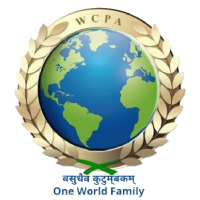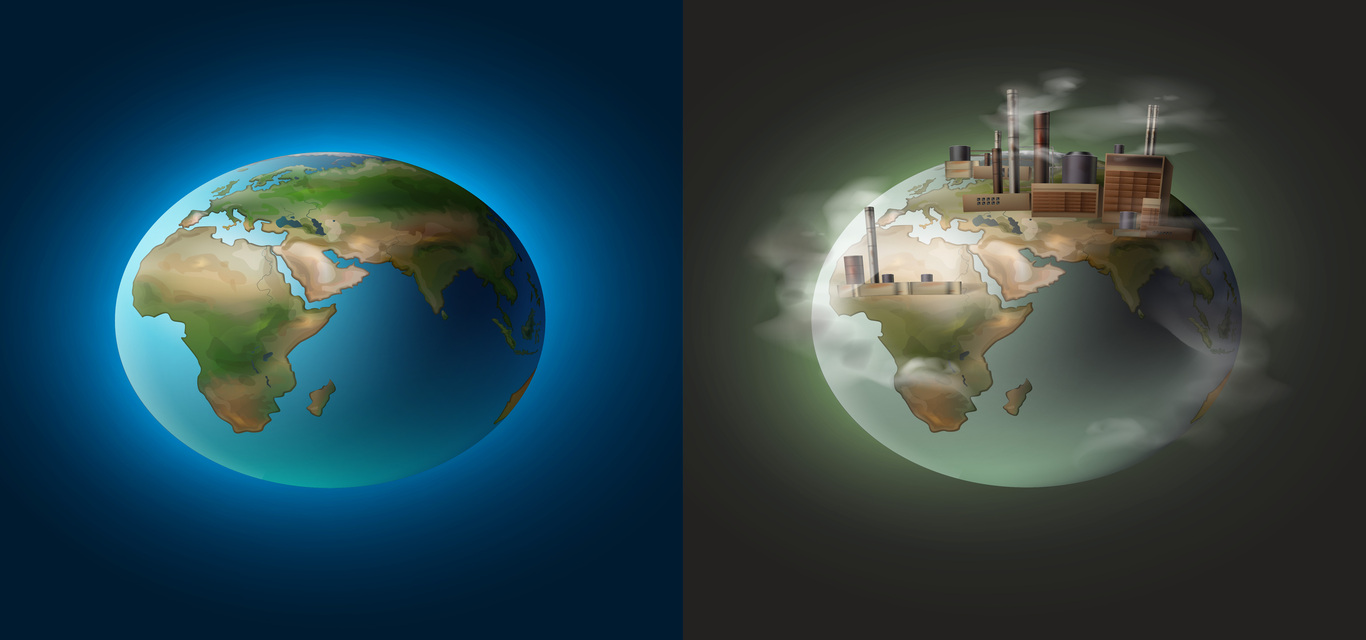Our Common Human Future And The Earth Constitution
Glen T. Martin
It is only since the 20th century that a widespread conception of our world as a unified whole made up of diverse cultures, languages, nations, religions, and traditions has dawned upon many people. This multiplicity moves into an unknown future—involving what each nation, religion, or tradition does as contributing to the fate of the whole. Humanity lurches forward, a chaos of initiatives and perspectives, ultimately creating a future that is out of control, unplanned, unthought out, because it is a product of uncoordinated multiple thrusts forward.
With the advent of weapons of mass destruction and scientific awareness of on-going climate collapse, humanity is becoming aware that we face perdition and possible self-extinction. Science shows us that we are wiping out other forms of life with great rapidity because we are destroying the ecosystems necessary for their survival. This unraveling of the planetary ecosystem encompassing many smaller ecosystems points to a continued unraveling that will lead to human extinction as well.
Meanwhile the United States and Russia are investing billions of dollars into upgrading their nuclear weapons war-fighting capacities, for fighting a war that will be the last war for all of humankind, and the new Biden administration in the US, from its chronic imperial arrogance, has renewed a cold war against Russia and China. Around our planet human rights and dignity continue to be ignored, as for example, the crushing of the Palestinians by the Israeli apartheid system of oppression, supported and condoned by the US government.
Many at the United Nations are aware of this pending human and planetary apocalypse, but the “United Nations is not united” as evolutionary leader Ervin Laszlo pointed out in a recent podcast conversation that I had with him. The UN charter is founded on the supposition of a world divided into absolute sovereign nation-states with the “right” of each to militarize itself and operate according to its own perceived self-interests. The UN has attempted to unite the nations to combat climate change through its Sustainable Development Goals (SDGs) program, but, as with previous UN initiatives, this is doomed to failure because the fragmentation of humanity is institutionalized within the UN system. The SDGs are not binding, and each nation is largely on its own in achieving these.
This is why the UN Charter must be replaced by the Constitution for the Federation of Earth. The Constitution is explicitly designed to unite humanity to deal with the suicidal problems of war, climate destruction, human rights abuses, and vast planetary social inequality. Only a united humanity can effectively deal with these global crises precisely because they are global and no nation-state or loose confederation of nations (like the UN) can possibly deal with the coming apocalyptic future determined by a chaos of social systems all pursing their own perceived best interests.
As with any document, there are cultural assumptions behind the Constitution for the Federation of Earth. Perhaps the three most fundamental assumptions in the document are (1) the necessity for democratic governance of our planet at the world level premised on the principle of unity in diversity, (2) the dignity and universal rights of all persons on Earth, and (3) the need for respecting science and devising science-based responses to global problems such as climate destruction. The Constitution was not written by westerners alone, and it attempts to embrace all humanity under these democratic principles.
The Constitution was written by hundreds of world citizens working together through four Constituent Assemblies between 1968 and 1991. It was personally signed by people from countries around the world and from every continent. Its five primary authors were from both east and west, four of whom were recognized legal experts: (1) Dr. Max Habicht from Switzerland, (2) Dr. Terence Amerasinge from Sri Lanka, (3) Dr. S.M. Hussain from Bangladesh, (4) Dr. D.M. Spenser from India, and (5) Prof. Philip Isely from USA. It was edited, reviewed, and examined paragraph by paragraph by people from many countries and every continent.
As Albert Einstein pointed out, human survival requires world government, and this can take the form of world tyranny under one nation or it can take the form of global democracy with the participation of all nations and peoples. What cannot continue is the fragmentation and chaos of some 200 self-interested militarized sovereign nations lurching into the future without real direction or coordination, many possessing weapons of mass destruction. The Constitution, therefore, is our best tool for uniting humanity on the basis of a minimal set of universal assumptions: universal democracy, universal dignity, and universal reliance on scientific evidence.
The Constitution is not a “western” document. Nor is it an “eastern” document. It is not of the north, nor of the south. It does its best to be a universal document encompassing all humanity within the framework of “unity in diversity.” It therefore embodies the historical understanding that I mentioned above in which humankind is today understood as a civilizational and anthropological whole made up of diverse languages, cultures, religions, nations, and traditions.
The Constitution does not solve the problem of a diversity of perspectives, religions, and nations in one fell swoop, so to speak. But it makes possible genuine dialogue directed toward mutual understanding for perhaps the first time. Under the sovereign nation-state system, interaction among governments is largely formal, diplomatic, and strategic. It is rarely genuine dialogue directed toward mutual understanding. By contrast, under the authority of the Earth Constitution, the Provisional World Parliament at its 13th session passed World Legislative Act number 57 establishing a “Collegium of World Legislators” for all members of the World Parliament in which each will be required to have training in authentic dialogue directed toward mutual understanding.
We must embrace our diversity while at the same time uniting as a planetary civilization to create a viable future for all humanity and other living creatures. We must recognize and embrace our wholeness as well, promoting dialogue, cooperation, and coherence. The Earth Constitution is the best tool available for making this happen. My forthcoming book Designed for a Living Planet: The Earth Constitution Solution goes deeply into the nature of the crises facing humanity and explains how and why the Constitution allows us to effectively address these crises. We need to be acting now, tomorrow will simply be too late.

